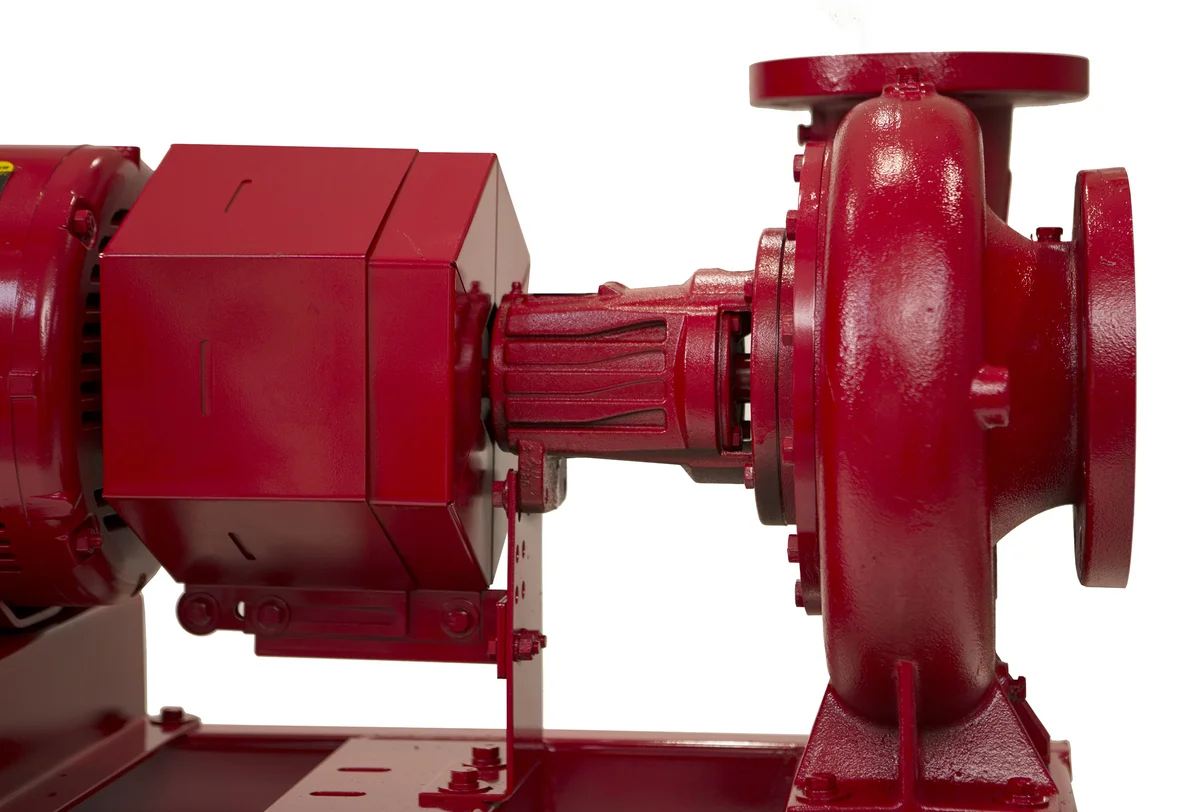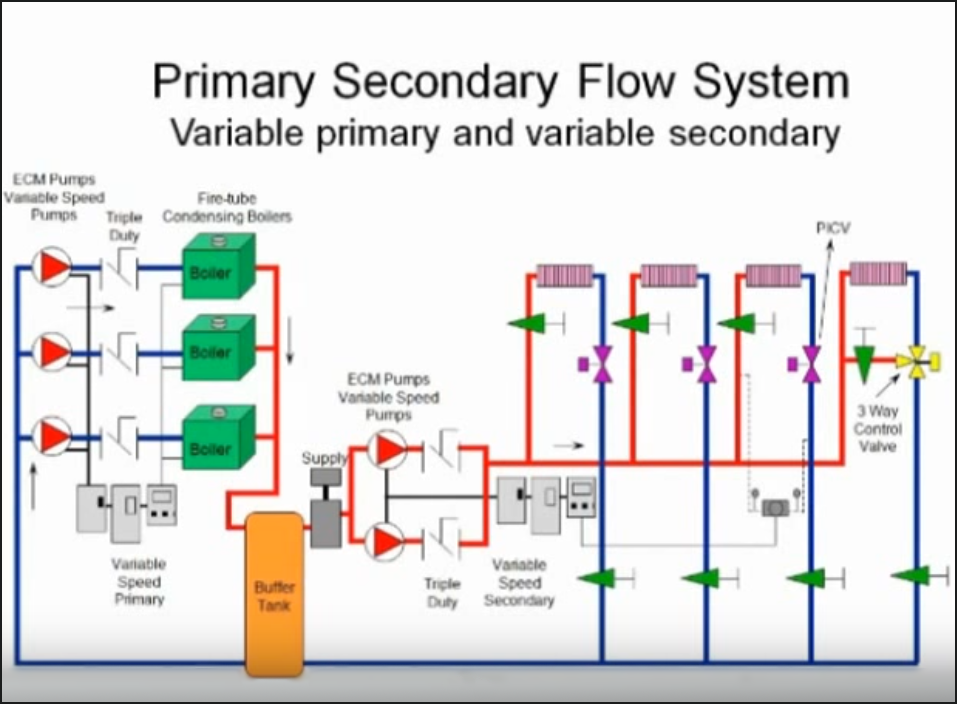Pump Motor Efficiency Part 4: What Is a SMART PUMP?
/By Mark Bingham
Perhaps you’ve heard about mandates for higher energy efficiency and the innovations that have emerged to meet these requirements. Integrated control functionality for some HVAC equipment is among these innovations. Fan manufacturers were the first to integrate control functionality. Several years ago, pump manufacturers began applying electronically commutated motors (ECMs) to their pumps for integrated control solutions. More recently, manufacturers have started to include similar functions on motor controllers for larger permanent magnet motors (PMMs) motors.
Pumps with integrated controllers are commonly referred to as “smart pumps.”
Bell & Gossett’s hydrovar® X Smart Pump
Integrated Components
Structurally speaking, a smart pump consists of three integrated components: the pump, motor, and variable speed drive. The PMM is pre-installed and wired with the variable speed drive. A smart pump is “optimized” with the largest impeller for the specific horsepower and speed range of the motor. A large impeller improves pump efficiency and potentially offers greater pump capacity for a given size pump.
Most smart pump motors above two or three horsepower use permanent magnets made of ferrite instead of rare earth materials, which helps manufacturers keep costs down and maintain availability.
Communication Platform Options
Smart pumps offer several ways to communicate. Many smart pump controllers have touch displays for control at the pump. Controllers may also be configured using smartphone apps via Bluetooth connection. The apps often include start-up wizards that allow users to configure a pump for a given application. Smart pumps may also be able to communicate with building automation systems (BAS) via several protocols. BAS integration enables better load matching since the pump can be programmed to operate based on real-time building requirements.
Some smart pumps also communicate with cloud platforms, allowing facility managers to access performance data, receive alerts, and adjust settings remotely. Robust security features are essential for internet-connected devices.
Control Parameters
Smart pumps can be applied for singular or multiple pump operation. Communication between multiple pumps is a common feature that allows for staging and sequencing based on demand.
Smart pump controllers typically have several analog and digital inputs, analog output(s), and programmable relay outputs. Analog inputs can be used to control pressure, temperature, flow, or level instrumentation.
Based on inputs from connected instrumentation and drive and motor operating conditions, the smart pump controller can vary the speed and number of pumps running to maintain:
Pump speed based on a signal from an external controller
Constant Pressure – for pressure boosting or process applications
Proportional Pressure – pressure varies linearly with approximated flow to account for variable head
Proportional Quadratic Pressure - pressure varies via the square of approximated flow to account for variable head
Constant Flow
Constant Temperature
A constant water level in a tank
Many smart pumps can control differential pressures or temperatures by subtracting one input from another. Some small smart pumps have sensors integrated into the pump body. For example, small pumps with integral temperature sensors can be used for domestic hot water recirculation, operating at varying speeds based on the sensed temperature and cycling off when the set point is reached. Smart pumps can also monitor operating conditions, such as vibration, temperature, run hours, and instantaneous and totalized energy consumption, to facilitate improved maintenance and energy management protocols.
Costs, Efficiency & Longevity
These smart features, coupled with ultra-premium IE-5 pump motors, enable the lowest possible pump installation and operating costs. Because the pumps are operating at the lowest speed possible to meet demand and the high-efficiency motors run cooler, maintenance intervals are increased.
The electrical installation cost is reduced because drives are factory-mounted to motors. Wiring between a local disconnect and the drive is the only power wiring required. The control functions specified will determine the necessary wiring for the low-voltage sensor.







